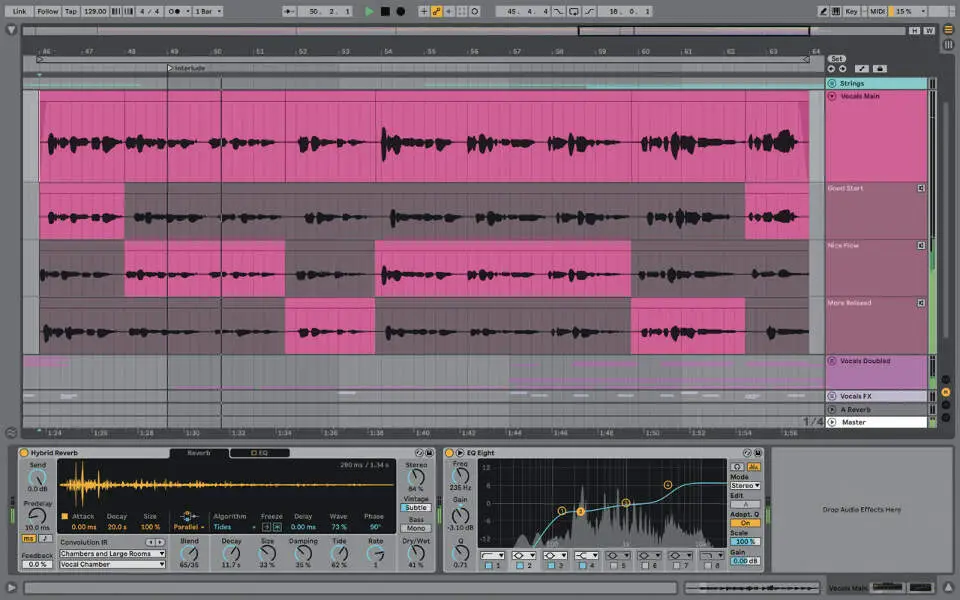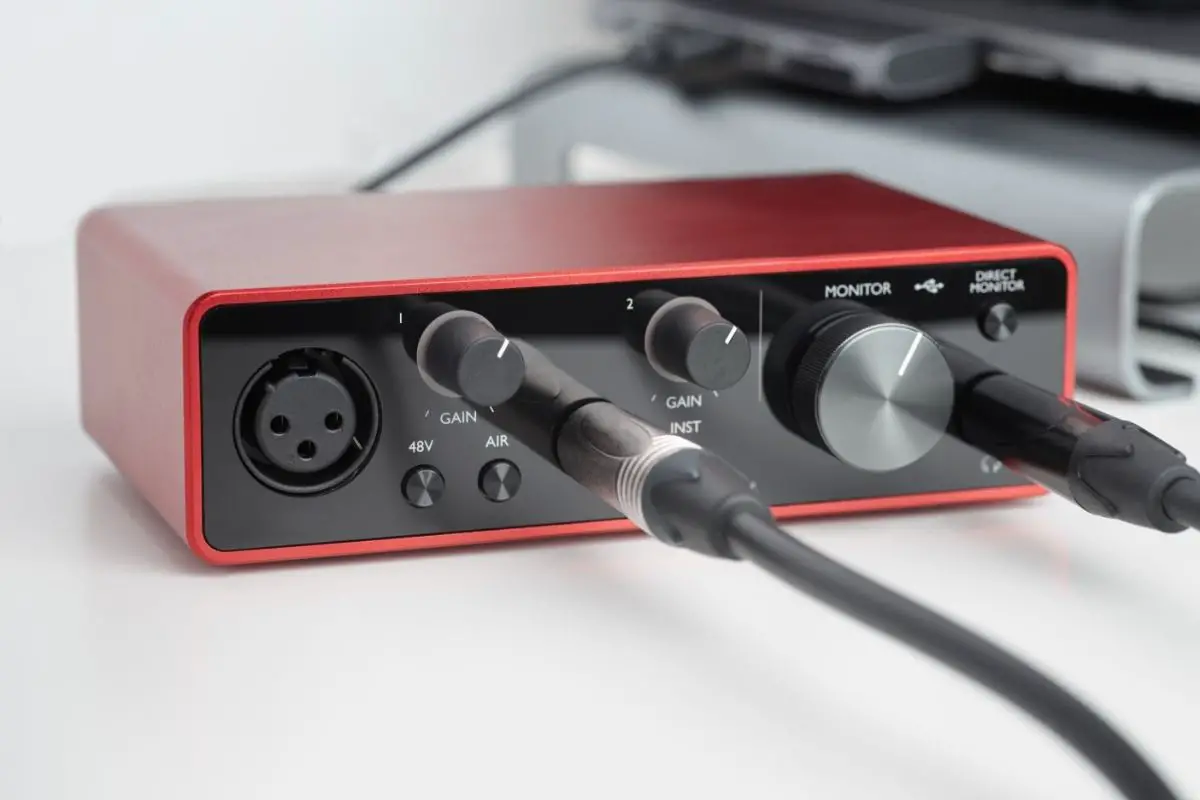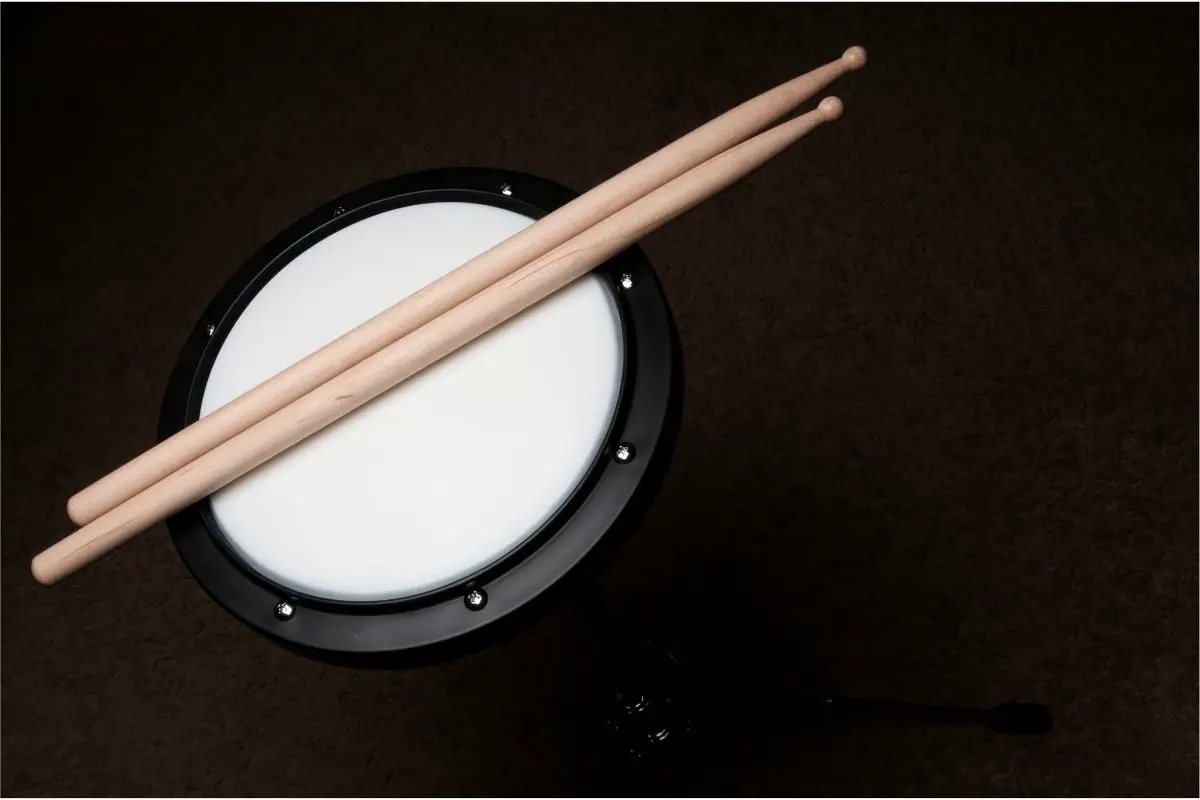What is the Best Beat Making Software Around Today?
So many music apps claim to be the best beat-making software around. Each of them touts its own features in a bid to entice keen music lovers everywhere to download them.
You will find that the best beat-making software is compatible across multiple operating systems, has an easy-to-use interface, and has various tools to help loop, sample, and create interesting beats.
Running through your beat-making options might seem daunting. Especially when preview shots look like a host of colorful lines, intersecting layers, and dozens of options to explore. While they make the software look good, this doesn’t tell you if the software actually works.
Finding great beat-making programs isn’t hard if you know what you want. A quick look at the right features soon lets you know what is or isn’t suitable for you. Below, you’ll learn about the best software for creating music beats.
Best Beat-Making Software: Top X Results
1. The Headliner: Ableton Live
There are few beat making platforms better known than Ableton Live. It’s a cross-platform program that lets you create anything, anywhere. There are dozens of different instrument types to play around with, and all can be customized in many different ways. If those preset options aren’t enough, you can play and edit your inputs via a MIDI controller. These inputs can be recorded live and edited, opening up plenty of creative options for you to tinker with.
One of Ableton’s biggest selling points is that everything is easy and visible to see. The interface uses a grid format, meaning you can see everything in one place and how it links. This makes editing beats and sounds that much easier and see how each change interacts with other layers. All these customization options and the ability to work with live and recorded tracks make Ableton Live a must for any serious musician.
Pros:
- Great interface for all users
- Can work with live songs
- Lots of instrumentation to choose from
Cons:
- Full suite is expensive\
- Some features suited towards advanced users
2. The Pretender: FL Studio
- Audio recording, musical instrument digital interface (MIDI) multi-track recording Mac/Windows.
- Installation:
- Live Music Performance.
- Model number: 5391502517901
FL Studio has come a long way since its predecessor Fruity Loops, first came on the scene. Nowadays, FL Studio is one of the premier beat making programs around today. Where it shines is just how quickly you can put together a simple beat. There’s a quick step guide that helps you put together a basic pattern and customize it in just a few steps. Utilizing an instrument pallet loaded with drum and synth variants, creating a beat doesn’t come much easier.
To make a basic beat that much flashier, you can toy with it using many different effects. There are basic functions such as looping, reverb, and delay, as well as an import feature to add in custom sounds from a wealth of different third-party platforms. Throw in full MIDI support, and you have a platform that delivers on all fronts.
Pros:
- Lots of effects to try
- Quick beat creation tool
- Ability to import samples
Cons:
- Tricky to use
- Not cheap to access the full platform
3. The Apple Default: Garageband
Anyone using iOS or MacOS will have seen the Garageband icon on their screen at some point. What many people may not know is just how effective a beat-making program Garageband is. Not only is it completely free to use, but there’s plenty there to put together a solid beat. This includes a range of percussive sounds to play with. Meanwhile, the Drummer platform helps you lay down the main rhythm.
Alongside the range of beats you can put together is an excellent choice of effects. This includes distortion, reverb, and echoes – just to name a few. All of these can be laid down using an interface that is easy to learn. With all this stuff accessible for free, Garageband is one of the best platforms to learn how to create an exciting beat.
Pros:
- Free to use
- Plenty of effects to try
- Excellent interface
Cons:
- Limited MIDI support
- Basic mixing tools
4. The Entry Level: Magix Music Maker
- SIMPLE: Create a finished track in no time at all with the latest version of the ultimate music software for making songs and beats. MUSIC MAKER 2024 PREMIUM is more powerful, more versatile, and even more fun to use than before.
- SOUNDPOOLS INCLUDED: MUSIC MAKER 2024 PREMIUM comes with 3 x Soundpool/Soundpool Complete Bundle and 1 x Soundpool Collection.
- PROFESSIONAL SOUND: Get the perfect sound for your tracks using a ton of easy-to-use tools and effects. Included: iZotope Ozone Elements, Song Maker AI, MIDI Multi Object Editing, Native Instruments Hybrid Keys and lots more.
- OPTIMAL SUPPORT: MUSIC MAKER 2024 PREMIUM offers 64-bit & multicore support and VST support, giving you even more possibilities for shaping your sound.
- MADE IN GERMANY: Work with the award-winning music software developed by German manufacturer MAGIX.
For those just starting on their music-making adventure, Magix Music Maker is one of the best beat making software tools around. There is both a free and premium version available, and it’s the free version that draws in many first-time users. It’s extremely easy to use, with sounds able to be connected and placed simply by dragging it and dropping it into the layer. From here, you can quickly create effective beats using a good array of samples.
With Magix Music Maker available mostly on Windows platforms, it is easily accessible for anyone to use at home across various platforms. Should someone upgrade to the premium version, they will get access to a raft of features, including an extended sound pallet, looping capabilities, and basic MIDI support. It’s the perfect way to get your first beats created without being overwhelmed.
Pros:
- Simple to use
- Free to download
- Works on all PCs,
Cons:
- Basic MIDI support
- No plug-in support
5. The Alternative Solution: LMMS
If you want a free beat-making platform that does the same job as top-level paid software, then LMMS is right up your alley. LMMS has all the beat-mixing features you need to create a great rhythm. You can build everything sequentially, laying in dozens of different percussive sounds, and mix them with synthesizers, digital effects, and a range of sound manipulation tools. The instrument pallet is virtually endless, with the program easily syncing with external plugins and third-party software.
LMMS can be accessed on any device. It’s an open-source program designed to work on any operating system. This includes Windows, MacOS, and even Linux. With its streamlined approach and endless potential for expansion, this is a great way to make automated beats without breaking the bank.
Pros:
- Free to use
- Excellent streamlined build
- Completely cross-platform
Cons:
- Real audio can’t be used
- Peripheral support limited
6. The Preset Performer: Waveform by Tracktion
For new beat makers, trying to work from scratch is overly daunting. That is why Tracktion’s Waveform is a great tool to ease new music makers into the art for the first time. The main reason for this – the program has preset modes that guide you into laying down the right beats. With set programs for genres like EDM and hip-hop, you can use the guide as a great to see what you need to do to create a great beat.
There’s also an excellent range of ways to assemble tracks as you advance your skills. It has different MIDI input devices to lay down your tunes and use a keyboard or mouse to hone your skills. These can all then be refined and edited using various effects. All this is also free, making Waveform an excellent starting point for curious beat makers.
Pros:
- Preset genre guides
- Variety of input platforms
- Free to use
Cons:
- Production style difficult to adjust from
- Limited peripheral support
7. The Professional’s Choice: Logic Pro
Apple is known for flashy creative products, and Logic Pro is no exception. Apple has gone all in to ensure Logic Pro can create professional beats in just a few small steps. It’s got an endless array of different samples to use, 13,000 default loops, and over 1300 instrument samples to play with. These can be staged and assembled in almost any fashion using the Drum Machine Designer feature and the built-in Step sequencer.
You can also bring in other Apple devices to help create your beat. The Logic Pro can sync with iPhones and iPads to make them into a virtual drum machine. This gives you even greater flexibility and fun to create your ideal beat. It’s a combination that makes Logic Pro a true haven for any Apple beat enthusiast. It’s why it has become one of the best beat making software platforms for amateurs and professionals alike.
Pros:
- Huge loop library
- Syncs with iPhones/iPads
- Great sequencing software
Cons:
- Expensive to buy
- MacOS only
8. The Perfect Trial: REAPER
If you ever wanted a try before you buy a platform, then REAPER is a great way to go. You can use the full version of this open-source beat program for months without committing any price for it. You get an excellent platform to build beats to your heart’s content. There’s a never-ending pallet of sounds to explore as you can whatever mods and plugins to the platform to expand the base sound library.
It’s also pretty easy to put everything together and lay it down without needing to be an expert in putting together digital tracks. You can also build beats as simple or complicated as you like. Particularly as you don’t have any limit to the tracks or layers added to your beat. It’s a great way to get a taste of beat-making without committing to buying the platform outright on the first try.
Pros:
- Completely open-source
- Long free trial
- Endless beat layers
Cons:
- Trial eventually ends
- The base sound pallet is basic
9. The Hip-Hop Sound: MPC Beats
If you want to focus on making beats for hip-hop and rap, then AKAI’s MPC Beats is a great program. Where it stands out is a great pallet for percussive beats that can be put together in just a few quick steps. It has many great features to explore, such as synthesizers, loop platforms, and sample editors that you can use from the onset. All this is accessible without having to pay a penny.
As well as the wide range of effects to explore, you can advance tracks further by using the virtual instrument sampler to make compositions more advanced. With a good range of plugin support, it’s not difficult to use drum machines and MIDI pads with MPC Beats. There’s also a great tutorial guide to teach new users how to use the software. A great choice for anyone who is a keen music lover.
Pros:
- Great percussive platform
- Free to download
- Peripheral support
Cons:
- Only accessible from the AKAI website
- Unique layout
What to consider in a beat-making program
When you are looking to choose a beat-making program to use, breaking down all the features seems overwhelming. You must look into things like operating systems, instrument platforms, and peripheral support. It’s an endless list of things to consider.
Therefore, rather than worrying about every nitty-gritty detail, try to focus on the key elements that will make the beat-making process enjoyable and easy for you to use. You’ll learn more about that below.
Operating System
The first thing to consider is what platform the software will work on. There’s nothing worse than forking out hundreds of dollars just for the program to not work.
Some software will be limited in what they will work on. Most of the time, the choice will be between Windows and MacOS. If you are looking for specific platform software, then be aware of what the system requirements are before buying.
Buying something that doesn’t work for your system wastes your money. Software companies are also sometimes reluctant to refund.
Peripheral support
When it comes to putting the beats together, the best beat making software often gives you multiple ways to input the styles of beats into your work. This can come in a range of different options, such as:
- MIDI keyboards
- Smart devices
- Keyboards
These can make giving tunes a much edgier and more complicated sound than just using the samples and loops given in the base pallet. However, be aware that not all beat-making programs may accept plugins. Therefore, check what is supported by the program before deciding just how you string everything together.
User Interface
Finally, the interface has a great bearing on how you enjoy the beat-making process. For some people, the endless mixing tools and layers can be daunting. So that’s where learning how the program works can make a huge difference. If you are a first-time user and you find a program that is easy to pick up, it makes the process that much more enjoyable.
It works the same for those who are more used to music software. If someone wants to tinker with every effect and loop to the microsecond, a basic platform won’t be enough. They will want endless customization and effect tools to give them the desired sound. That is why knowing what you want makes a huge difference when finding the best beat making software for you.
FAQ
Do all beat-making programs have sounds included?
Yes – even the most basic beat-making programs will have a loop catalog to explore. Some programs will have more expanded libraries than others but don’t be afraid to examine just what a platform offers.
Are all beat-making programs free to download?
No – there is a mix of free and paid platforms for beatmakers. Some programs will be completely free but come with more stripped-down features. Expensive programs come loaded with everything you need right from the start. Some also incorporate free trials for users before committing to a purchase.
Do beat-making programs support external peripherals?
The support for peripheral devices will vary from every title you look to explore. Some free open-source platforms have an endless array of mods to use and add to your library. Meanwhile, other titles will only support particular brands or none at all. Think carefully about this when deciding the best beat making software for you.
What is the best beat making software out there today? – Wrap Up
In the end, there are a host of great beat making software titles to explore. Many of the best beat making software options provide a great range of sounds to use but are cross-platform titles and are easy to pick up in just a few hours. Some programs, such as REAPER and LMMS, have heaps of mods to explore, making them perfect to expand their sound library.
Meanwhile, others such as Waveform and MPC Beats are great if someone is looking to create beats targeted towards certain genres. On top of this, flashier programs such as Logic Pro and FL Studio allow users to make professional-level beats. However, few can rival Ableton Live when making electronic beats. Not only is it loaded with every tool imaginable, it is easy to use and completely cross-platform. That’s why it is the best beat making software around for all users to enjoy.










